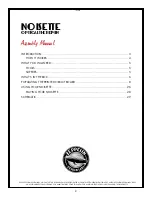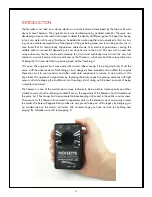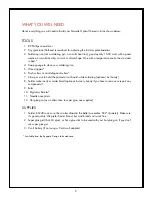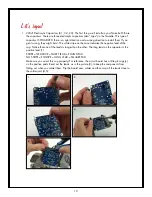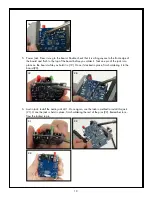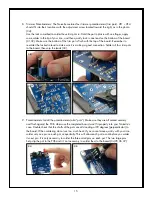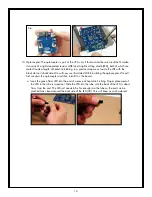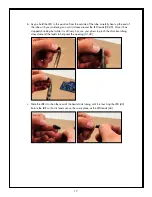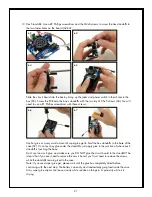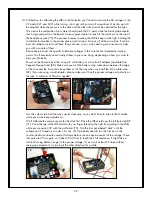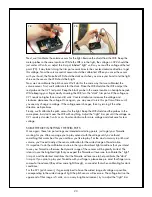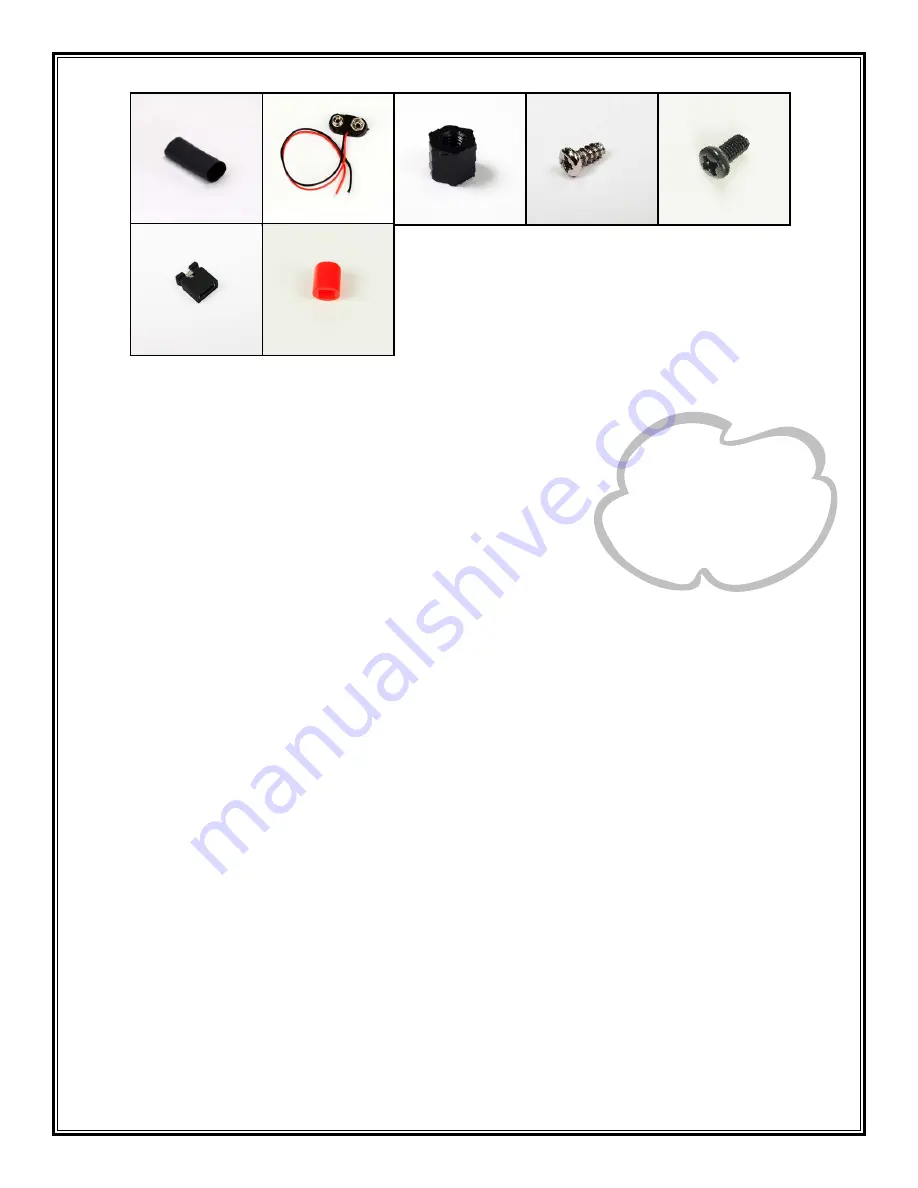
8
POPULATING THE PRINTED CIRCUIT BOARD
Your work space should be well-lit, well-ventilated, and disposable; that
is, don’t work on the nice dining room table! Work on a utility surface
that you can burn, drill, and scratch. A piece of ¼” tempered masonite,
or a chunk of MDF, makes an excellent surface if you don’t have a
utility work bench.
CAUTION
: Solder fumes are not healthy for you. The fumes consist
of vaporized flux, which might irritate your nose and lungs. You should
work in a space where the air drifts away from you as you work, so fumes do
not rise straight into your face.
CAUTION
: Solder residue usually contains lead, which is poisonous if you ingest it. Do not breathe
the fumes, do not eat the supplies, wash your hands after you handle solder, and sweep and wipe up
your work space after EVERY USE.
Your Noisette Optical Theremin contains one printed circuit board (PCB). All of the components will be
installed on the component side of the board, which is the side that has the part labels on it. The other
side of the board is called the solder side, which, as the name implies, is the side on which the legs
of the components are soldered. Proper technique for installing and soldering components to a circuit
board is demonstrated through several great resources on Instructables and Youtube under the search
“PCB soldering tutorial.”
The general procedure consists of the following:
1. Install the part on the component side of the board, by threading the wire leads through the
appropriate holes in the board. For your convenience, the board has silk screen outlines indicating
where the components should be placed, along with text indicating the part number and the component
value.
2. Hold the component in place with your finger and turn the board over.
3. Gently bend the leads out at about 45 degrees to keep the component from falling out of its holes.
4. Install all of one type of component, bending each of the leads as they are installed.
CB-90-15
HD-05-01
ST-10-05
FA-60-38
FA-60-37
HE-60-02
SW-60-22
TIP:
Empty the parts
of the kit into a bowl, NOT
onto the cluttered workbench, or
onto the living room carpet! This
will protect you from losing tiny
parts.


